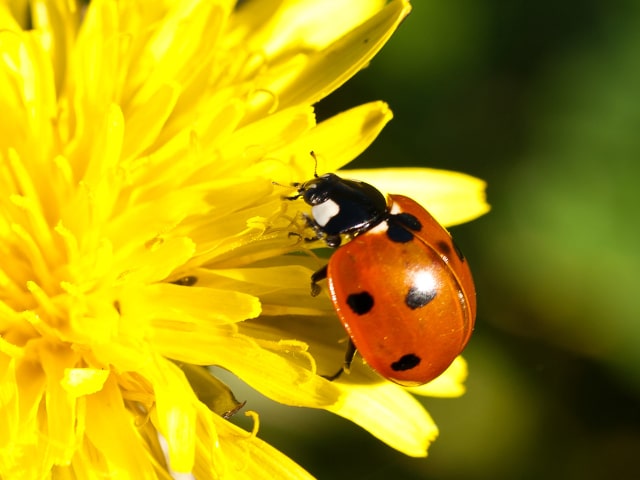
Ladybugs are cute little insects many kids like. They are not just pretty but they also make a valuable addition to any garden. There are many different types of ladybugs: red, yellow, orange, all with small black spots on their wings. These bugs are easy to recognize, so you will know if you have them in your garden. If not, consider some steps to attract them: it will be very beneficial for your plants.
Ladybugs are Gardener's Friends
Ladybugs are great because they can help you get rid of many pests in your garden, such as aphids and many other insects. It means you will be able to reduce the pesticide use in the garden, which is beneficial in so many ways.
Ladybugs are also known as ladybirds and lady beetles. They have oval bodies and a nice variety of colors. The black spots on the wing covers vary in number and size, depending on the species, but most ladybug varieties have them. However, there are some species, such as the twice stabbed lady beetle, that are solid black.
While adult ladybugs are easy to recognize, it may not be the same for larvae. It is important to tell ladybug larvae from the rest, so you can leave them in your garden. The larvae have six legs and are usually blue-black in color, with orange spots. If you spot them, don't spray them with insecticides. You need them in your garden.
Ladybugs are great gardener's friends because they can help your garden thrive and be free of pests, all in a natural way. This is why it's valuable to attract them in your garden.
Ladybugs feed primarily on scale and soft-body insects such as aphids. During is lifespan, a ladybug can eat as many as five thousand aphids. A female ladybug may lay around fifty to three hundred eggs at a time, and they hatch in three to five days. Larvae take about two to three weeks to mature and pupate into adult ladybugs.
Attracting Ladybugs
In order to make your garden ladybug-friendly, it's important to understand what makes them visit your garden. Aphids and other insects are not the only food source for ladybugs: they also depend on pollen. It means ladybugs will seek certain types of flowering plants, such as dill, cilantro, wild carrot, angelica, cosmos, yarrow, geraniums and dandelions.
I order to attract ladybugs, it's important to have some of the above listed plants in your garden. If you don't, plant some and ladybugs will come.
Another thing you should do is cutting back (or ceasing altogether) on the use of insecticides. It will help the ladybug population to spread in your garden. You may think that reducing insecticides will increase the aphid population, but the ladybugs will take care of that. However, in order for this to work, you need to leave the ladybug larvae alive. If you have ladybugs in your garden, they will keep the aphids under control.
Starting a Ladybug Garden
To start an effective ladybug garden, you will need:
- Ladybugs
- Flowering plants ladybugs like (see the list above for the ladybug favorites)
- Garden hose with nozzles and attachments
You don't really have to wait for ladybugs to appear in your garden. You can buy them easily, be it in the local nursery or online. It will make it easy to establish the initial ladybug population in your garden.
When choosing ladybugs to buy, make sure to buy the wild ones collected from the outdoors. Ladybugs reared indoors can't survive if released outdoors, so it's important to get one that are used to the outside conditions.
Before you release the ladybugs, make sure to keep them moist with a few drops of water. You may place them in the refrigerator. This will slow them down. However, don't put them into the coldest part of the fridge.
Water your garden in the afternoon or early evening. It's important that the garden is well-watered because this will give the ladybugs the much-needed hydration. It will also make them stick better to the plants.
The best time to release the ladybugs is after the sun sets. It will prevent birds from eating them before they are able to settle into the garden.
The overnight rest and rehydration will make the ladybugs strong so they will be ready to start eating the aphids and other pests in your gardens. It's also advisable to release the ladybugs near any plants you know are infested with aphids. Place a bit of netting over the plants and let some of the ladybugs loose under it.
Interesting Facts About Ladybugs
- Here are some interesting facts about ladybugs:
- The male ladybug is smaller than the female.
- A ladybug can live for up to three years.
- The black spots on the ladybugs' wings fade as they age.
- Their wings move very quickly, like a hummingbirds. The speed of the wings can be about 85 times per second during flight.
- The ladybug is the state insect of New Hampshire, Massachusetts, Delaware, Tennessee and Ohio.
Photo credit: William Warby
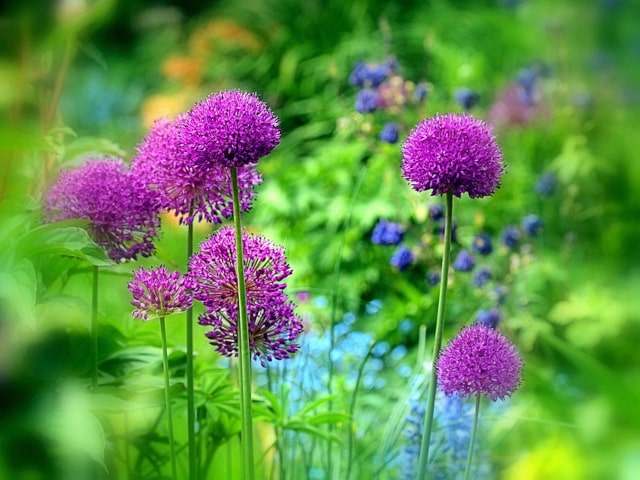
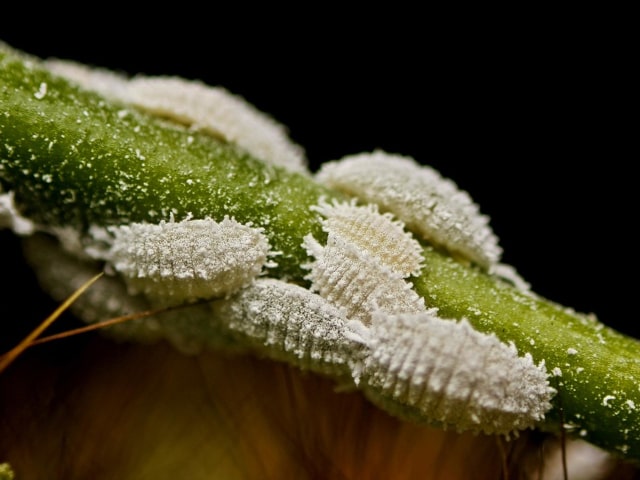
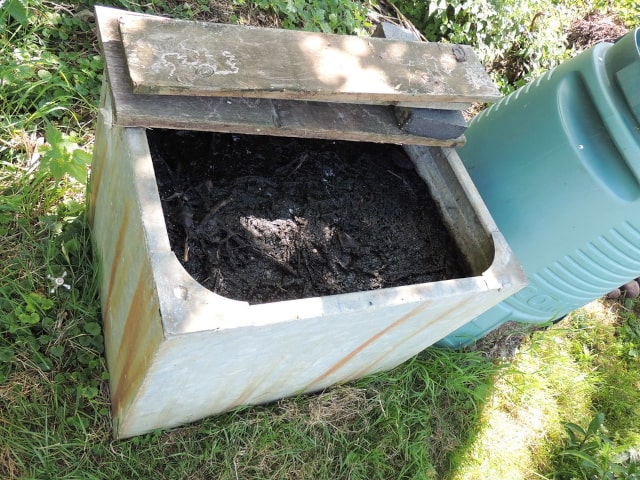
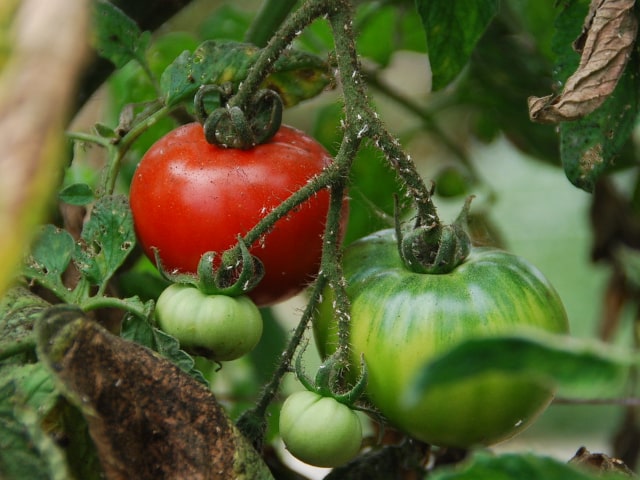
0 Comments